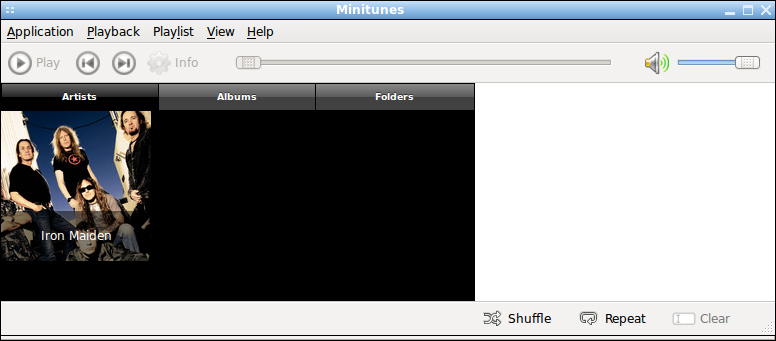


They are described in the framework of the subsystems where they function and in accordance with the flight mission they are designed to serve. Preface This book is about aerospace sensors, their principles of operation, and their typical advantages, shortcomings, and vulnerabilities. Camera-ready copy supplied by the author. Production managed by Hal Henglein manufacturing supervised by Joe Quatela. The use of general descriptive names, trade names, trademarks, etc., in this publication, even if the former are not especially identified, is not to be taken as a sign that such names, as understood by the Trade Marks and Merchandise Marks Act, may accordingly be used freely by anyone. Use in connection with any form of information storage and retrieval, electronic adaptation, computer software, or by similar or dissimilar methodology now known or hereafter developed is forbidden. This work may not be translated or copied in whole or in part without the written permission of the publisher (Springer-Verlag New York, Inc., 175 Fifth Avenue, New York, NY 10010, USA), except for brief excerpts in connection with reviews or scholarly analysis. Softcover reprint of the hardcover I st edition 1996 All rights reserved. Includes bibliographical references and index. Aerospace sensor systems and applications / Shmuel Merhav. Library of Congress Cataloging-in-Publication Data Merhav, Shmuel. Shmuel Merhav Department of Aerospace Engineering Technion Israel Institute of Technology Haifa, 32000 Israel Springer New York Berlin Heidelberg Barcelona Budapest Hong Kong London Milan Paris Singapore TokyoĪerospace Sensor Systems and Applications With 193 Figures Much of the text has evolved from undergraduate and graduate courses given by the author during the past seventeen years at the Department of Aerospace Engineering at the Technion- Israel Institute of Technology and from his earlier research and development experience in flight control, guidance, navigation, and avionics at the Ministry of Defense Central Research Institute.Īerospace Sensor Systems and Applications As a designer and systems engineer, he should be able to correctly interpret the various items in a technical data list and thus to interact intelligently with manufacturers' representatives and other members of an R&D team. Equipped with such knowledge and understanding, the student or research engineer should be able to get involved in research and development activities of guidance, control, and navigation systems and to contribute to the initiation of novel ideas in the aerospace sensor field. An effort has been made to explain, within a uniform framework of mathematical modeling, the physics upon which a certain sensor concept is based, its construction, its dynamics, and its error sources and their corresponding mathematical models. The book is intended for students at the advanced undergraduate or graduate level and for research engineers who need to acquire this kind of knowledge. This book is about aerospace sensors, their principles of operation, and their typical advantages, shortcomings, and vulnerabilities.


 0 kommentar(er)
0 kommentar(er)
